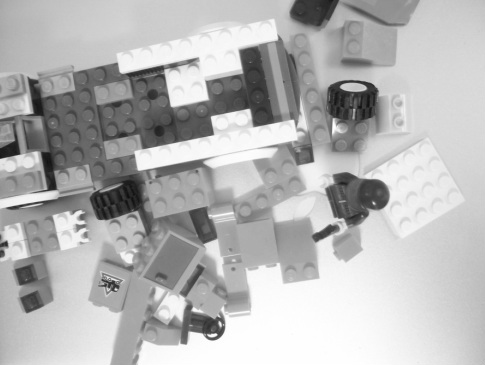
Design is problem-solving process and the practice
This is not limited to make-up for looks-better or add-on features on tangible objects with only handcraft skills.
Yet, the term, design involves far much complex organizing logics and the reasoning approach for solving humans' all kinds of inquiries
This is not limited to make-up for looks-better or add-on features on tangible objects with only handcraft skills.
Yet, the term, design involves far much complex organizing logics and the reasoning approach for solving humans' all kinds of inquiries
'Designing' addressed in the digital age involves incomplete design actions that give birth to own meanings, continuingly, towards completeness
|
Design activities is to the extend aimed to present special kinds of solutions to solve field problems and problematic situations, by improving conditions and development based on assumptions that everyone is living in an ongoing daily basis of designing.
That involves, for example, the specification of system boundaries such as engineering, medicine and law etc., rather than the explanatory sciences that are engaged in a quest for truth in solving ‘pure’ knowledge problems, such as sociology, economics. The design process is thus defined as understanding 'cause and effect relationships', based on a complete understanding of them and these are assumed to influence the outcome of organisational activities. |
